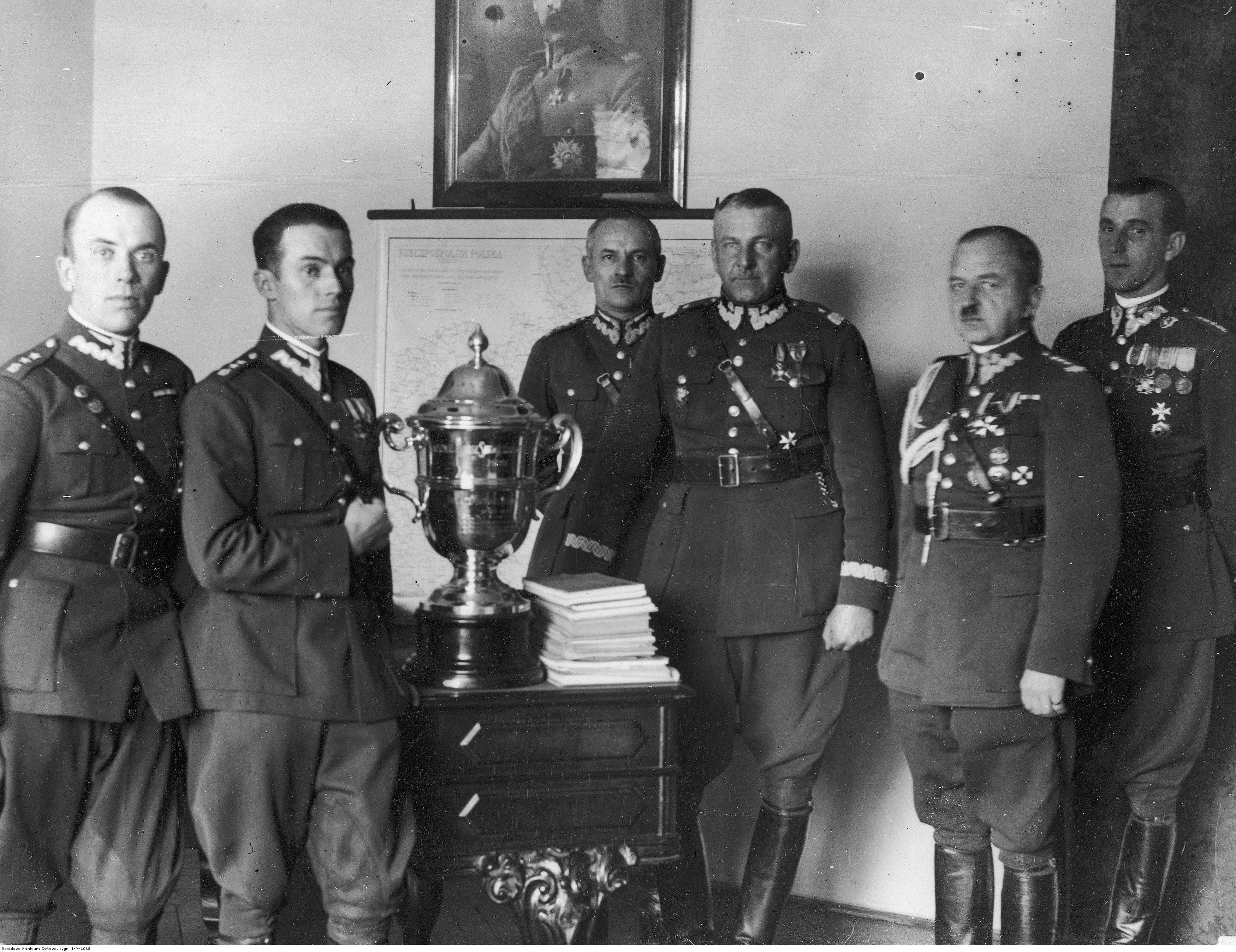
Fabrycy Casimir was born March 3, 1888, in Odesa, Kherson province, in what was then, in the family of Anthony and Mary, out of the house scratch. After graduating from high school in Niemirów he took a one-year military service in the Russian army.
He then studied at the School of Lviv Polytechnic and the Technical University of Munich, where, in 1914, he received the title of engineer. During his studies, he actively participated in activities of the Polish independence movement. In 1908, he was one of the founders of the Union of Armed Struggle and, two years later, the Rifle Association. In the years 1909-1913, he graduated from the Officers Association of Armed Struggle and received an “Umbrella.”
Since August 1914, he fought in the Polish Legions. He commanded a company of the 1st Regiment of Infantry, then a staff officer in the Legion Headquarters, and later, he became the commander of the battalion in the 2nd and 3rd Regiment Infantry and the acting commander of the 1st Infantry Regiment. In July 1917, after the oath crisis, he was interned at Fort Beniaminow. Since 21 April 1918, he has served the Polish Armed Forces. He was commander of the Infantry Officers Course Staff commander of 4th Infantry Ostrow Mazowiecka and the garrison commander and organizer of the course Dęblin additions for officers and former Polish Corps in Russia.
In November 1918, he took command of the 4th Infantry, which, on December 7 this year, was renamed the 34th Infantry Regiment. 18 January 1919, he was appointed to the position of deputy inspector of schools infantry. July 25 of that year, he was appointed chief of staff of the General Command of the District “Of San Francisco.” During the war, the Bolsheviks (since 12 February 1920) led, in turn, the XXXI, XX, and XXII Infantry Brigade. September 21, 1921, he took command of 3 Infantry Division in Zamosc.
December 1, 1924, Polish President Stanislaw Wojciechowski appointed him a brigadier general. August 20, 1926, he was appointed Deputy Minister of War II, which was renamed August 3, 1931 I was at the office of Deputy Minister of Military Affairs. June 12, 1934, the President of the Republic dismissed him from the post of Deputy Minister and the military and appointed him Inspector of the Army based in Lviv. The function of the inspector army was held until September 1939. According to the plan, “East” was provided to the post of commander of the Army “Podolia.”
March 15, 1939, Marshal Edward Rydz-Rydz gave him command of the southern section of the border, and on July 11, 1939, appointed commander of the Army “Karpaty”. During the September campaign, he took command of the Army “Little Poland”. He left his army fighting on the line, and San Ui moved the headquarters to the city. Appointed commander of the Romanian przedmoście September 18, after the Soviet invasion of Poland, he crossed the border with Romania. He spent the rest of the war in the Middle East, first in the Centre spare Independent Carpathian Rifle Brigade and later in other formations tyłowych in Palestine. After the war, he remained in the UK.